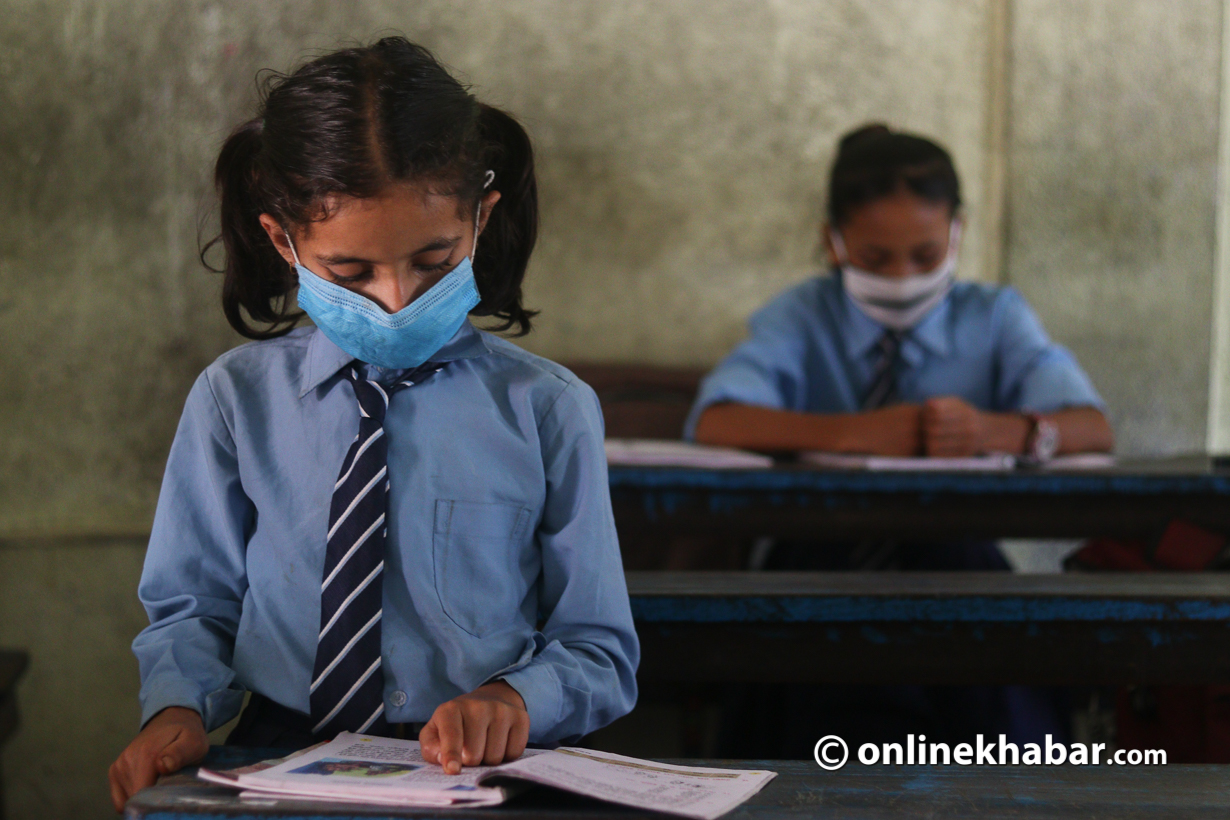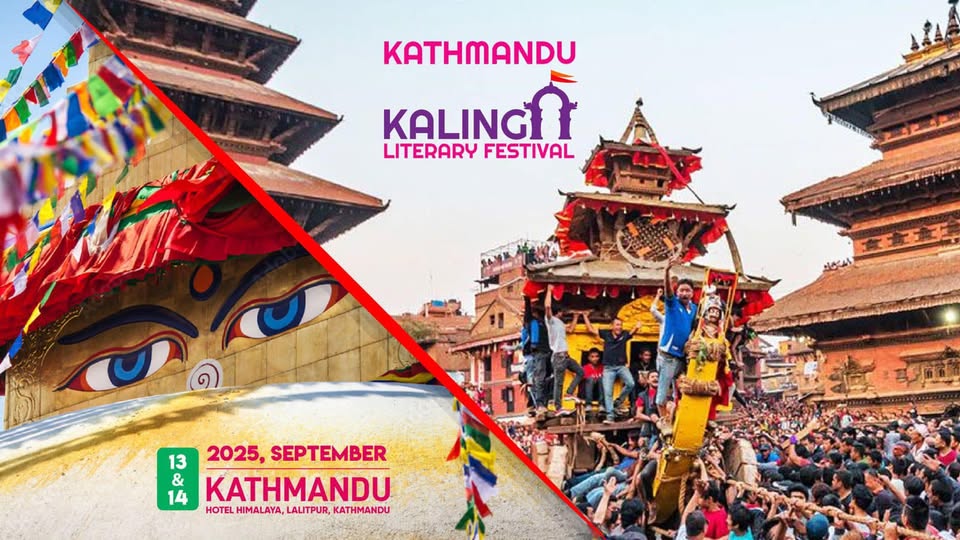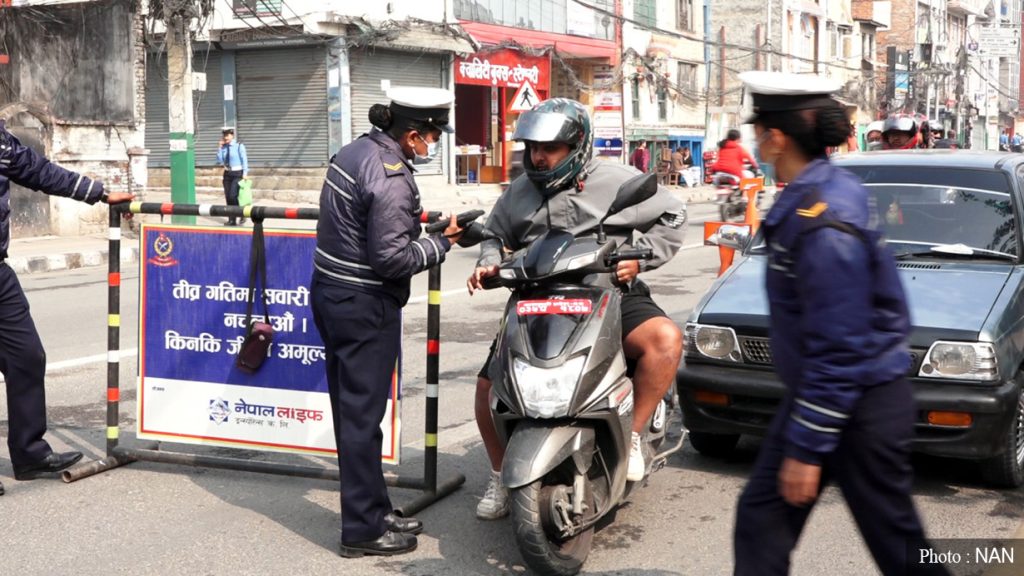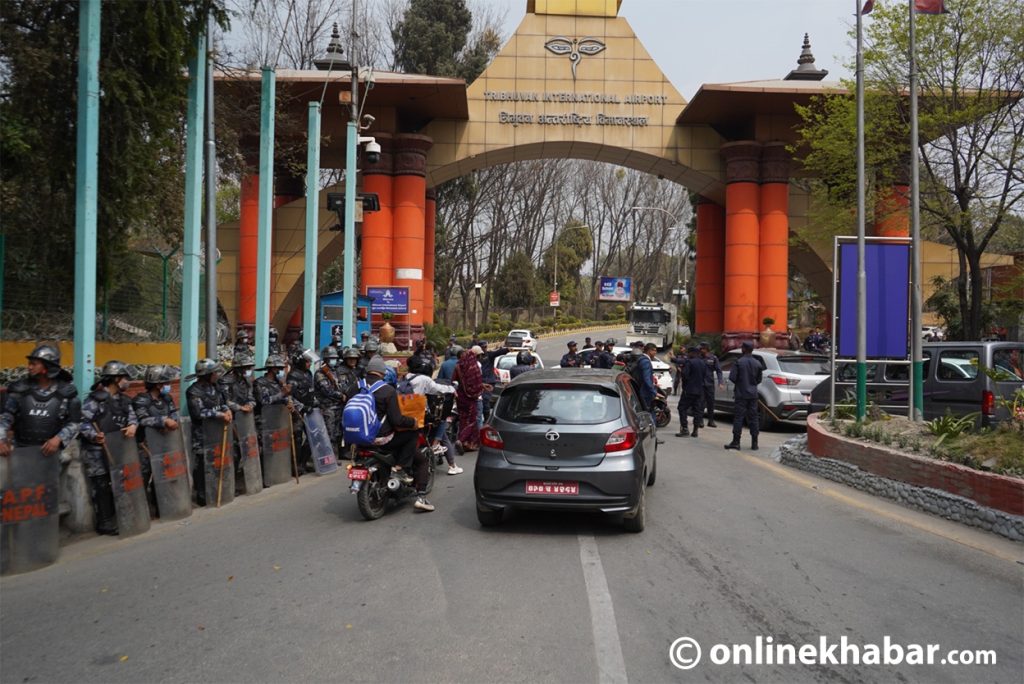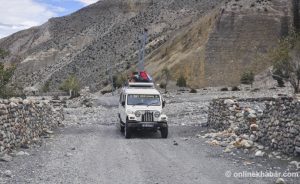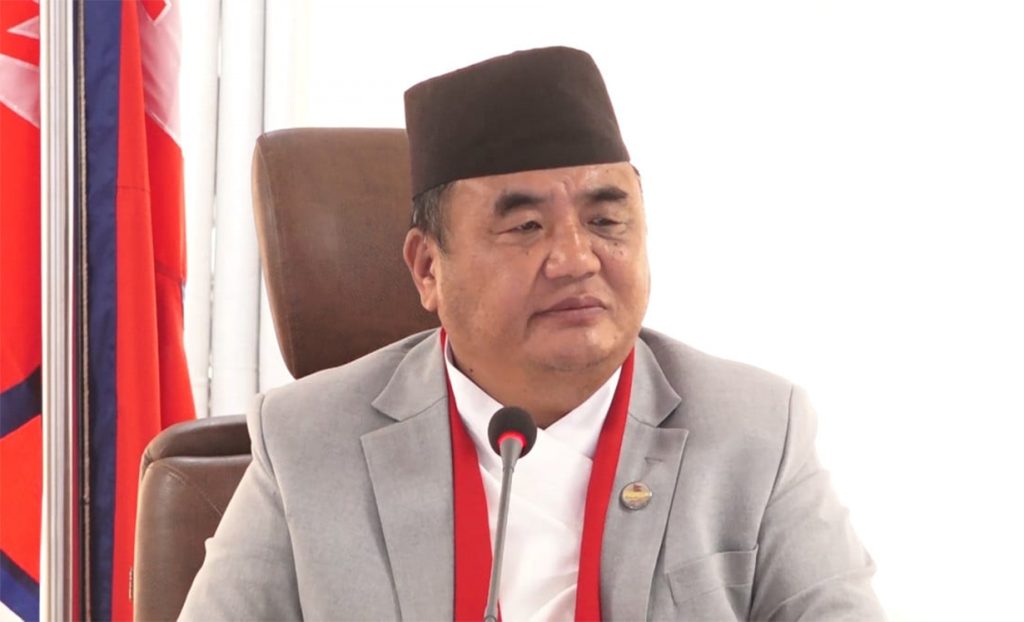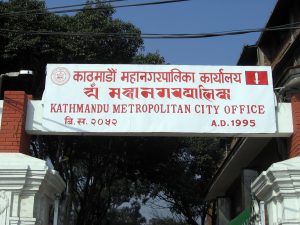Most of the schools across Nepal are closed since Tuesday after the government told them to halt teaching-learning activities citing the increased air pollution levels.
These schools are likely to resume their classes next week, but there is still something more that they need to worry about.
The Ministry of Health and Population has appealed to people not to engage in crowded activities such as meetings, processions, rallies, gatherings, conferences, and seminars, stating that there is a risk of another wave of the Covid-19 spread. It has just been around three months since the schools of Nepal have resumed their physical classes, and the ministry’s appeal has left them in confusion about whether they should continue.
Are the schools safe?
Schools say they are following the public health standards. They have made it mandatory to wear masks, use sanitisers and wash hands. However, teachers say children have not been able to maintain physical distance.
“My school does not have its resources. We gave students masks for some time as some organisations helped. That’s all gone now. There is also a water shortage,” a primary school teacher in Kathmandu says, “Masks are compulsory but we have not been able to implement them because most of the students are from economically poor families (who cannot afford them).”
The head of the Education Department at Bhaktapur municipality, Hari Prasad Niraula, says that there are problems with fully implementing health safety standards in community schools. “Children frequently lose, snap, and litter masks. Then, the schools have to give masks to them again. But, it is not feasible to fulfil masks, soaps, and sanitisers with the schools’ resources.”
The principal of Vishwa Niketan Secondary School in Tripureshwar, Heramba Raj Kandel, says that it is difficult to maintain physical distance due to a large number of students. This school has also made the masks mandatory. As soon as the infection subsided, students who had given up the habit of handwashing started washing their hands again and using sanitisers.
Meanwhile, due to the lack of classrooms at Thapathali-based Guhyeshwari Secondary School, classes are being held in two shifts for many years. Principal Nita Pokhrel says maintaining physical distance, hence, has been possible in the school.
She says masks and sanitisers are mandatory here, but there is a shortage of water in the school, discouraging the use of handwashing.
Kupondole-based Pragati Higher Secondary School has also made masks compulsory for students. Principal Surya Prasad Ghimire says the school is giving out masks to students who do not have them and measure temperatures at the entrance. But, he says, despite the health measures at the school, the risk on the way to and from the school is high with overcrowded public buses.
As the risk of infection grows, experts are suspecting signs of a second wave. They are urging for strict adherence to health safety standards, saying negligence could lead to dire situations.
Looking at the situation in neighbouring countries, the risk seems high. However, Ganesh Poudel, a teacher at a school in Lalitpur, says the general public has always been careless. “You see a lot of people walking on the road without masks. They think coronavirus is nothing. The children are learning the same, which is wrong.”
Immediate need for policy change
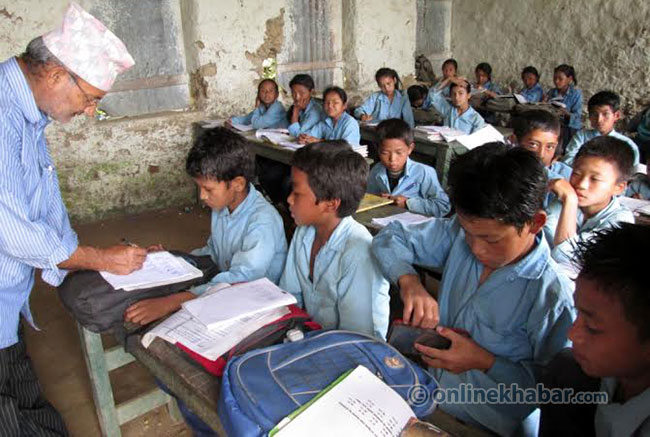
The number of cases has increased, so has the fear among parents. Children are not able to pay attention to physical distance, mandatory and proper use of masks, handwashing with soap and water or use of sanitiser. Parents are scared as they cannot be sure the schools can monitor students properly, says the president of the Federation of Nepali Parents, Suprabhat Bhandari.
The federation has requested the parents not to panic but to make their children aware of the importance of health care standards and the school to strictly follow them. Parents have become more alarmed after the Ministry of Health and Population issued a statement requesting all to not hold any gathering, procession, rally, conference, seminar, meeting, or any crowded business or activity.
As schools are risky areas, there should be a separate body at the central level to monitor only the education sector, suggests Bhandari.
The situation is risky but not the same in all areas. The spokesperson of the Ministry of Education, Deepak Sharma, says the local governments should work according to the work structure of the school considering the risk.
In a wait-and-see situation
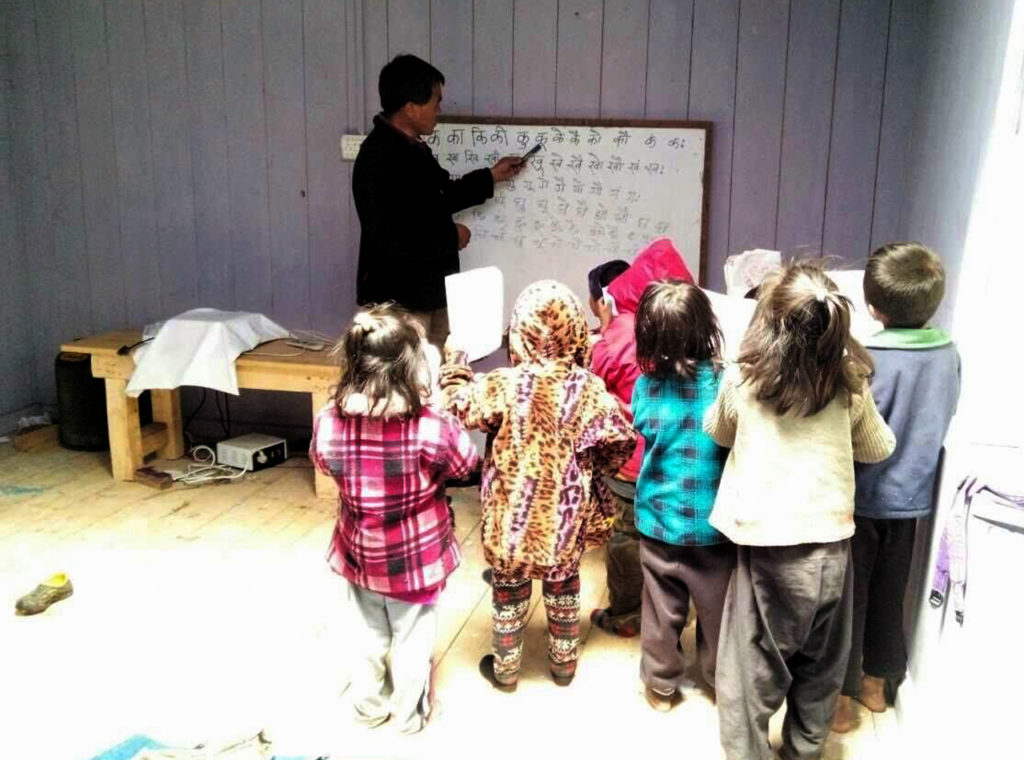
The School Operating Framework, 2020, empowers the local governments to operate schools according to the situation in their area or to formulate strategies in this regard.
In the framework, the provincial and local governments can take additional activities and make strategies suitable for local needs in areas of child protection, prevention of epidemic infections and creating a conducive learning environment.
Although the number of infected people is increasing in the Kathmandu valley, the local governments are still waiting and watching.
The chief of the Education Department of the Kathmandu metropolitan city, Ram Prasad Subedi, says that no decision has been taken yet but all schools have been asked to be vigilant and adopt public health standards.
Meanwhile, Lalitpur metropolitan city’s Education Department Chief Mahendra Chhetri says no decisions have not been taken as a response to the Coviud-19 surge.
He informs there is a possibility of schools adopting the odd-even system also.
The Bhaktapur municipality has also not yet made any decision. Bhaktapur Education Department Chief Niraula says the officials are in a state of wait-and-watch.



